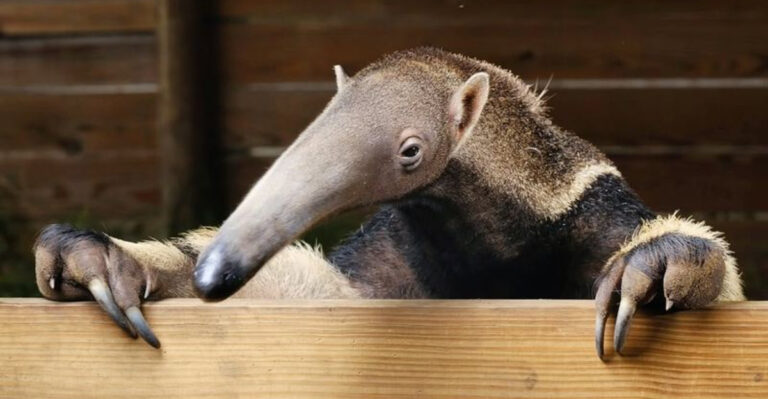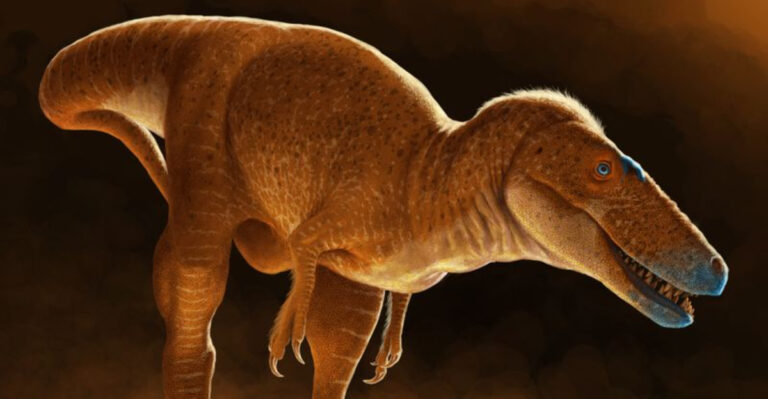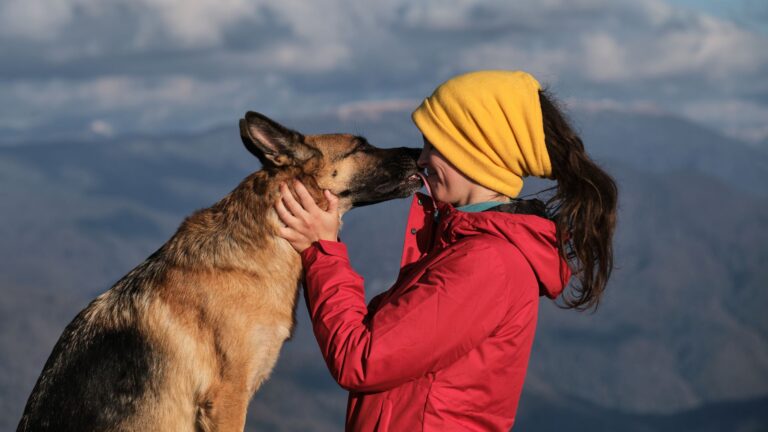7 Common Birds You See In Your Yard (And 7 Rare Birds You’ll Seldom Spot Nearby)
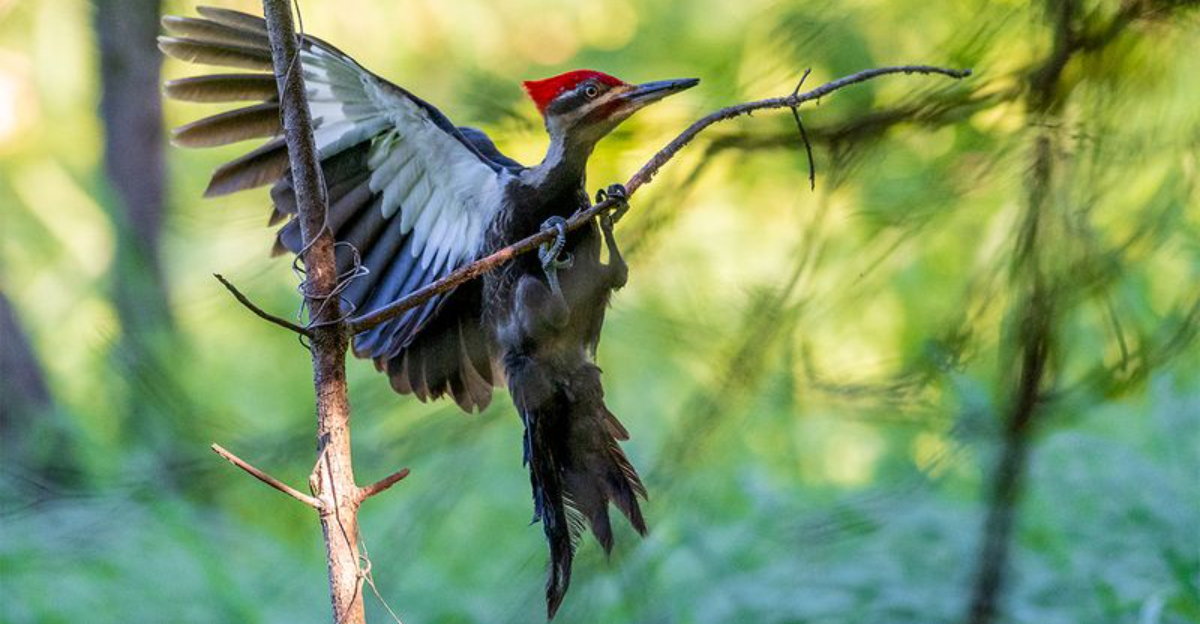
Ever wondered about those feathered visitors that grace your backyard? Birds bring color, song, and life to our outdoor spaces, transforming ordinary yards into miniature wildlife sanctuaries.
From the everyday regulars that visit your feeders to the elusive rarities that might just make a birder’s day special, knowing who’s who in the avian world adds a whole new dimension to backyard enjoyment.
1. Northern Cardinal
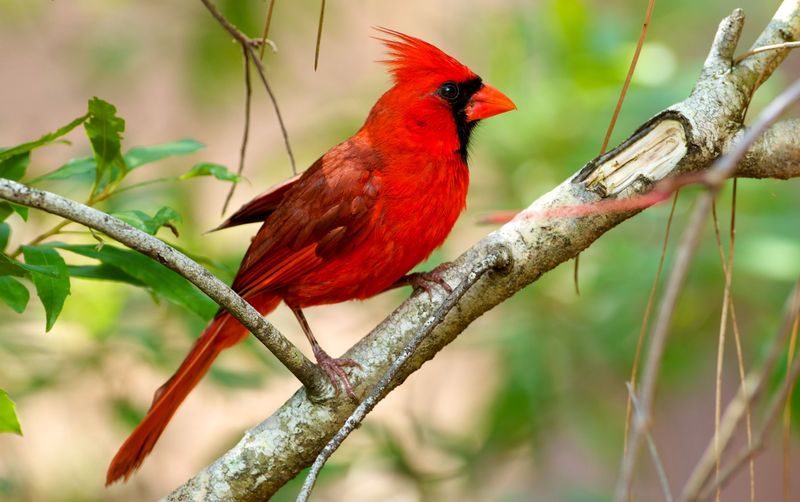
That flash of brilliant red against winter snow isn’t just beautiful—it’s a male Northern Cardinal marking his territory! These year-round residents never migrate, faithfully visiting feeders through all seasons.
Cardinals adore sunflower seeds and will often be the first to arrive in morning and last to leave at dusk. Their distinctive crest and cheerful whistling song make them unmistakable backyard celebrities.
2. American Robin
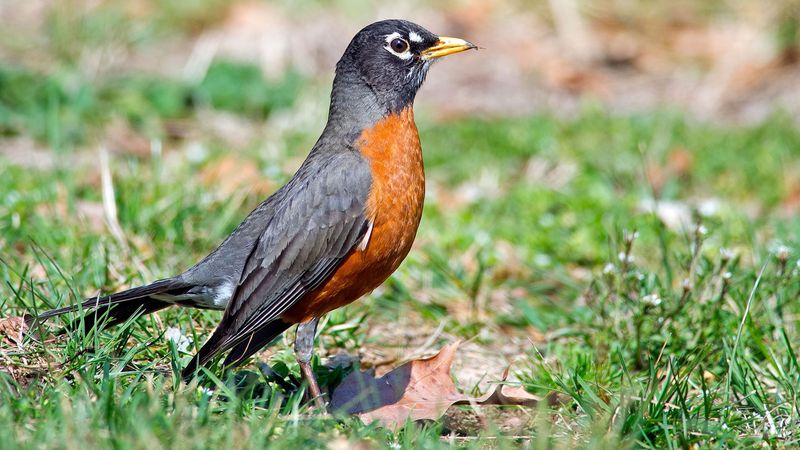
Morning lawn patrol! American Robins hop across grass hunting for worms, their orange-red breasts bobbing with each movement. Unlike many birds, they rarely visit seed feeders, preferring insects and berries instead.
Listen for their cheerful “cheerily, cheer up” song announcing spring’s arrival. Robins often build mud-cup nests on porches, trees, or gutters—sometimes returning to the same spot year after year.
3. House Sparrow
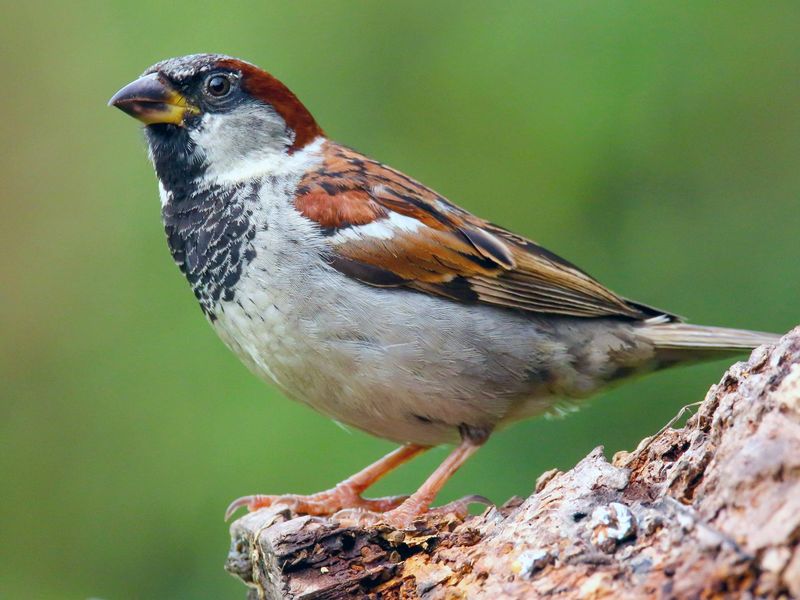
Masters of adaptation, House Sparrows thrive practically everywhere humans live! These small, chunky birds with streaked backs and gray caps originally came from Europe but now dominate North American cities and suburbs.
Noisy and social, they travel in flocks and aren’t shy about muscling other birds away from feeders. Their simple chirping calls create the familiar background soundtrack of urban neighborhoods and bustling coffee shop patios.
4. Blue Jay
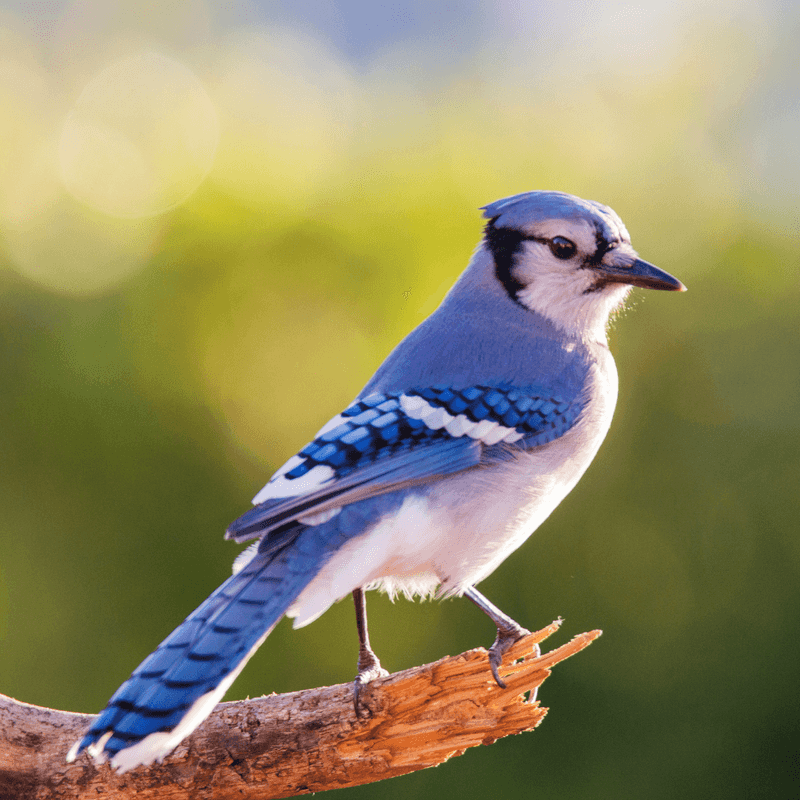
Neighborhood watchdogs with wings! Blue Jays announce danger with harsh, scolding calls that alert all nearby creatures to potential threats. Their striking blue, white, and black pattern makes them impossible to miss.
Smart enough to mimic hawk calls and cache food for later, these corvids show remarkable problem-solving skills. Blue Jays love peanuts and acorns, often carrying several at once in their throat pouch to hide throughout your yard.
5. Mourning Dove
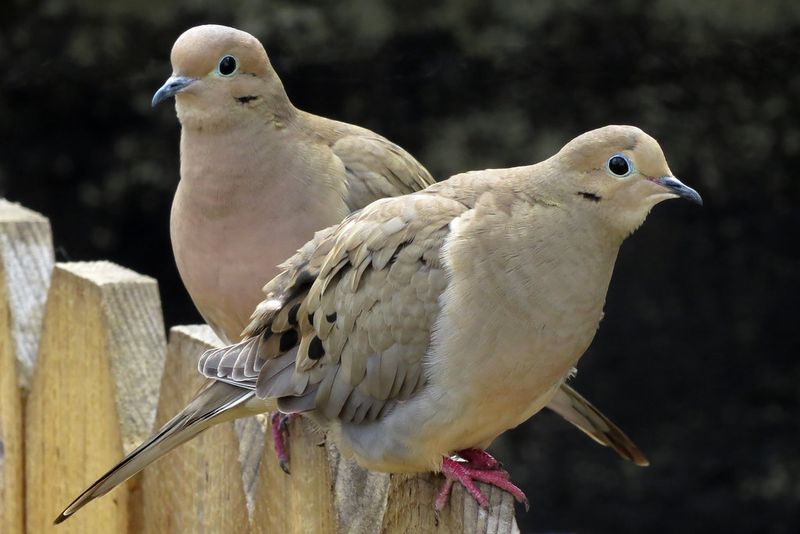
Sunrise serenaders with soothing coos, Mourning Doves bring gentle calm to backyard scenes. Their soft gray-brown coloring and plump bodies create an impression of peaceful contentment as they waddle across the ground.
Couples mate for life, often seen perched together on wires or branches. Despite their seemingly slow movements, these birds can reach impressive speeds of 55 mph when startled, their wings creating a distinctive whistling sound during takeoff.
6. Black-capped Chickadee
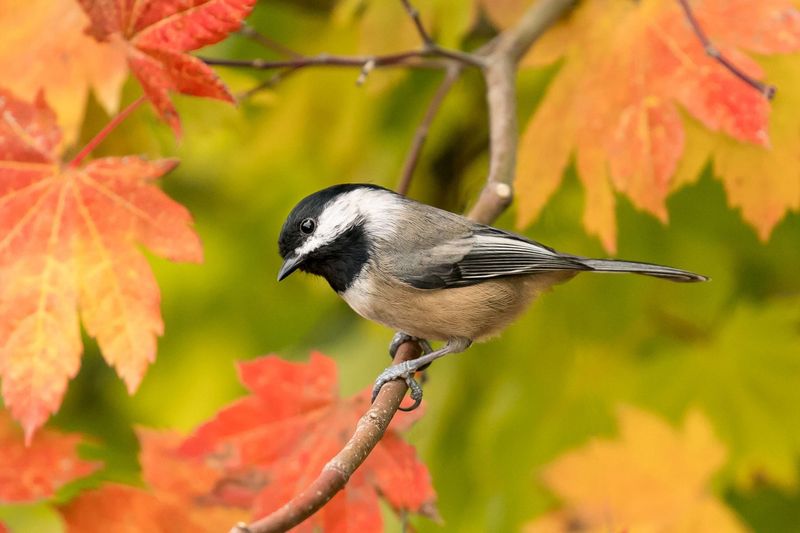
Fearless little acrobats, Black-capped Chickadees dart and swing from branches with remarkable agility. Their black cap and bib contrast sharply with white cheeks, creating an instantly recognizable tiny masked bandit appearance.
Famous for their “chick-a-dee-dee-dee” call (adding more “dees” when alarmed), these birds are surprisingly bold. They’ll often land on outstretched hands offering seeds and remember reliable food sources for months, even caching seeds for winter survival.
7. American Crow
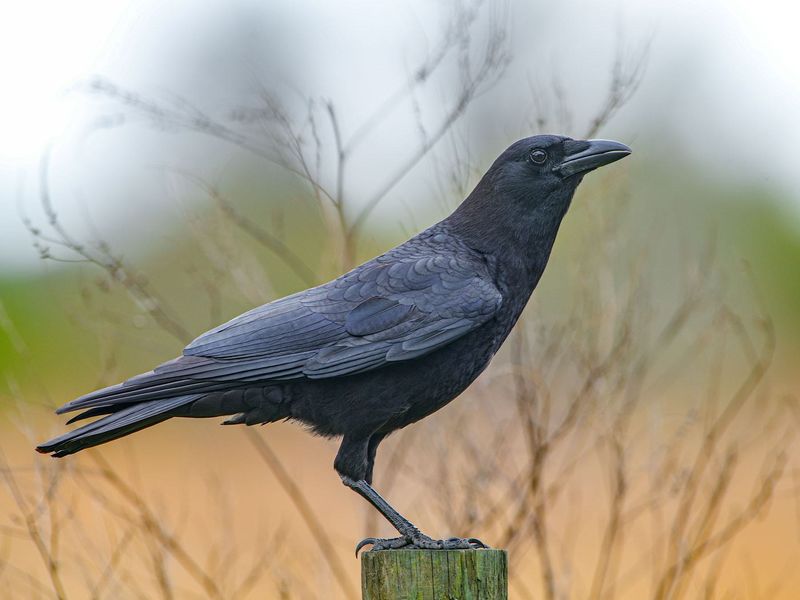
Nature’s professors patrol your neighborhood! American Crows showcase remarkable intelligence, using tools, recognizing human faces, and even holding “funerals” for fallen flock members. Their all-black appearance and familiar cawing announce their presence.
Family-oriented birds, crows often have helpers—older offspring who assist parents with raising new babies. Though sometimes considered nuisances, these birds actually provide valuable services eating insects and cleaning up carrion that might otherwise spread disease.
8. Eastern Bluebird
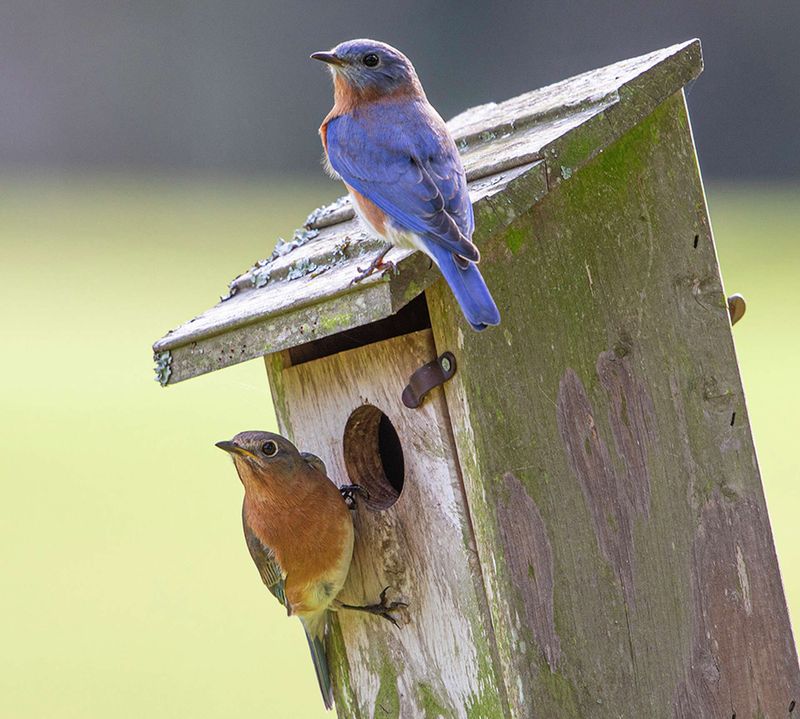
Royal blue jewels of open spaces, Eastern Bluebirds enchant with their brilliant coloration and sweet, warbling songs. Males display vibrant azure backs with rusty breasts, while females show more subdued grayish-blue.
Habitat loss once decimated their populations, but conservation efforts have helped their comeback. These insect-eaters rarely visit seed feeders but might grace your yard if you offer mealworms or install nesting boxes away from trees in open, grassy areas.
9. Pileated Woodpecker
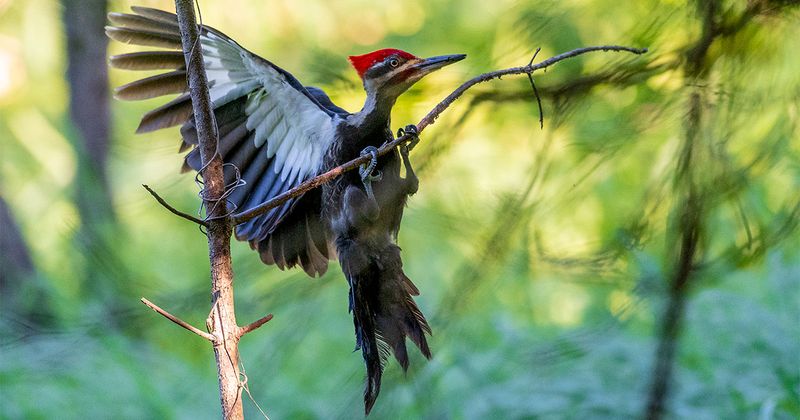
Prehistoric-looking forest giants, Pileated Woodpeckers command attention with their crow-sized bodies and flaming-red crests. Their powerful hammering echoes through woodlands as they chisel rectangular holes in dead trees hunting for carpenter ants.
Though primarily forest dwellers, these magnificent woodpeckers occasionally venture into wooded suburbs with mature trees. The cartoon character Woody Woodpecker was inspired by these impressive birds, whose undulating flight and loud, laughing calls create unforgettable woodland encounters.
10. Great Horned Owl
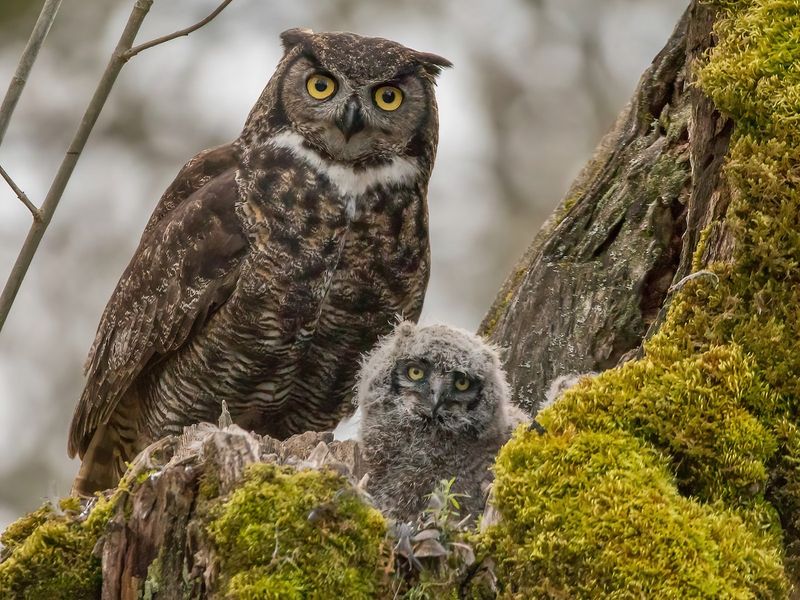
Silent night hunters with piercing yellow eyes, Great Horned Owls rule darkness from hidden perches. Their distinctive ear tufts (not actually ears) and deep hooting calls create an atmosphere of mystery in wooded neighborhoods.
These fierce predators can take prey larger than themselves, including skunks and rabbits! Though rarely seen in daylight, you might spot one roosting in dense evergreens or old buildings. Listen for their haunting “who-who-whooo” calls on winter nights.
11. Scarlet Tanager
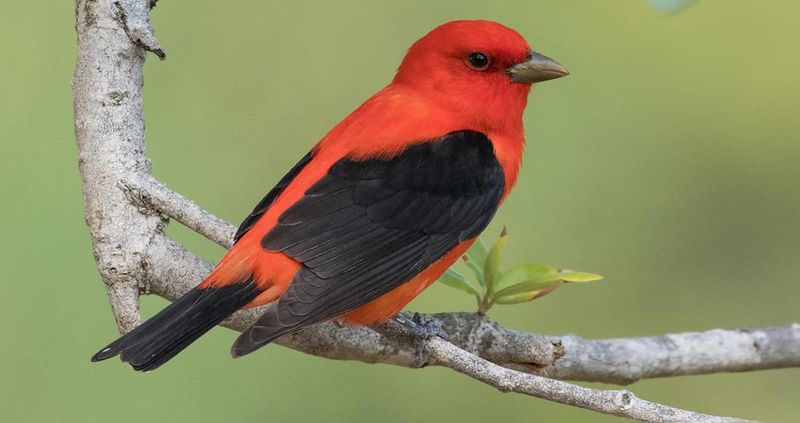
Flame-red visitors from tropical realms, male Scarlet Tanagers dazzle with their brilliant crimson bodies contrasting against jet-black wings. These shy forest-dwellers rarely venture into open yards, preferring the high canopy of mature deciduous woods.
Despite their vibrant coloration, Scarlet Tanagers remain surprisingly difficult to spot. Their hoarse, robin-like songs filtering down from treetops often provide the only clue to their presence during summer breeding season before they return to South American wintering grounds.
12. Yellow-bellied Sapsucker
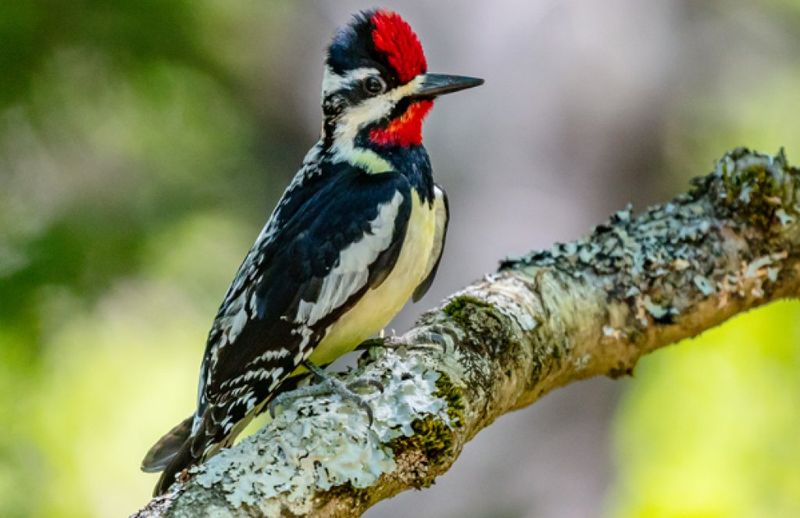
Tree tappers extraordinaire, Yellow-bellied Sapsuckers create distinctive rows of small holes in tree bark, returning later to lap up sap and catch insects trapped in the sticky substance. Their zebra-like black and white pattern with splashes of red and yellow creates woodland camouflage.
Unlike other woodpeckers that drum year-round, these migratory birds appear mainly during spring and fall in most regions. Look for their characteristic horizontal lines of holes on birch, maple or apple trees—natural evidence of their specialized feeding habits.
13. Black-throated Blue Warbler
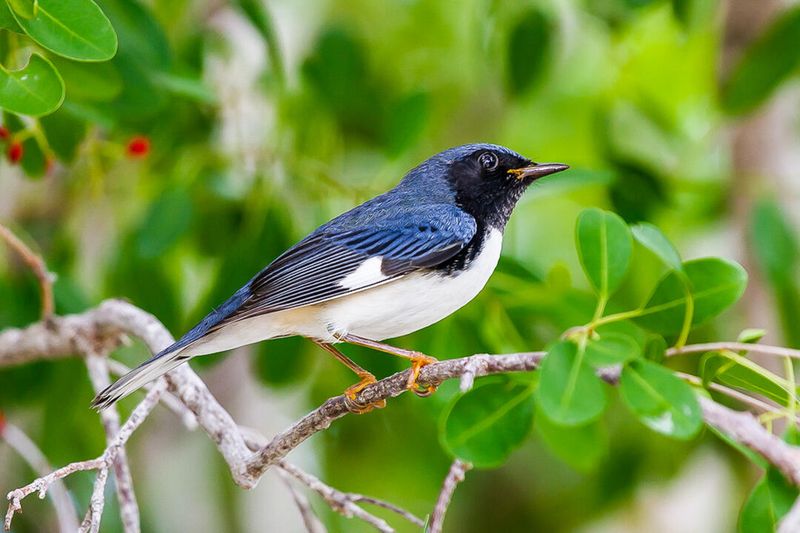
Tiny travelers with big journeys, Black-throated Blue Warblers migrate thousands of miles between Caribbean wintering grounds and northern breeding forests. Males sport deep navy blue above, crisp white below, and a distinctive black face and throat.
These understory specialists forage in the lower and middle levels of dense deciduous forests. Catching a glimpse requires patience and timing during spring or fall migration, when they might briefly appear in wooded yards while refueling for their long-distance flights.
14. American Kestrel
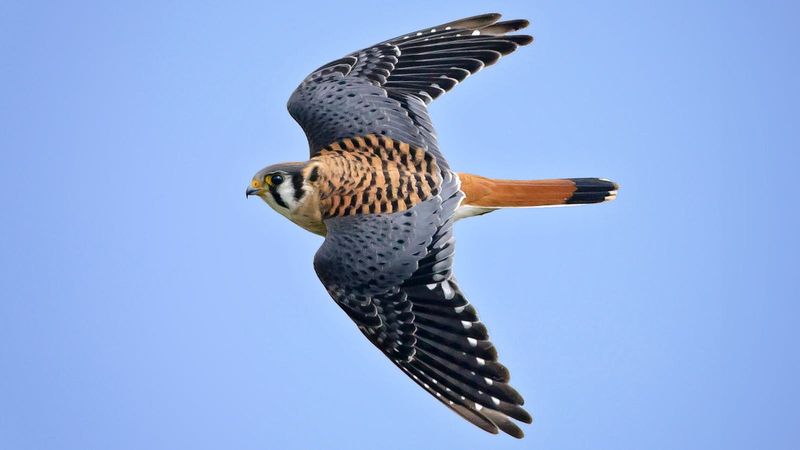
North America’s smallest falcon packs predatory power into a sparrow-sized package! American Kestrels bring rusty backs, blue-gray wings, and distinctive facial patterns to open country landscapes where they hunt grasshoppers, mice, and small birds.
Masters of the hover-hunt, these colorful raptors face into the wind, maintaining a stationary position while scanning for prey below. Their population decline makes backyard sightings increasingly rare, though rural properties with open fields might occasionally host these diminutive hunters perched on utility wires.

